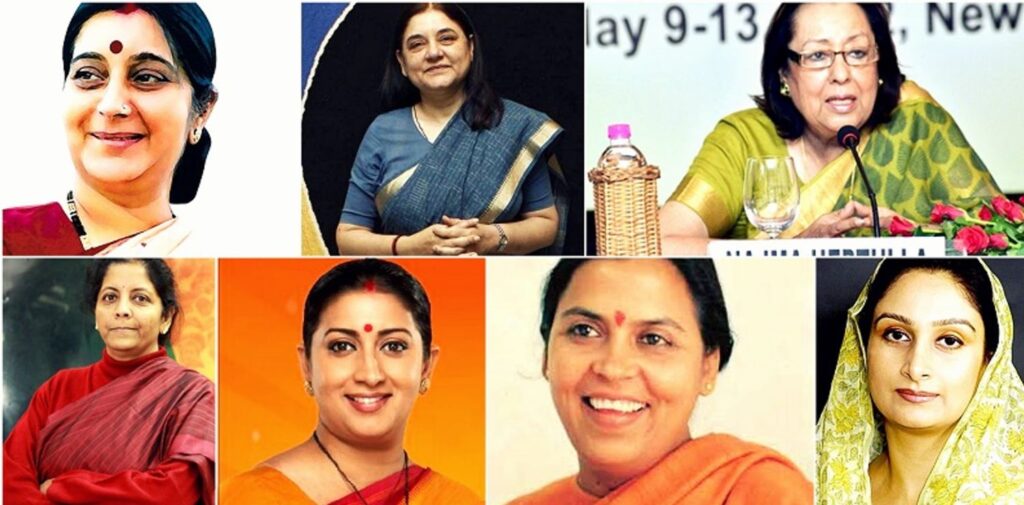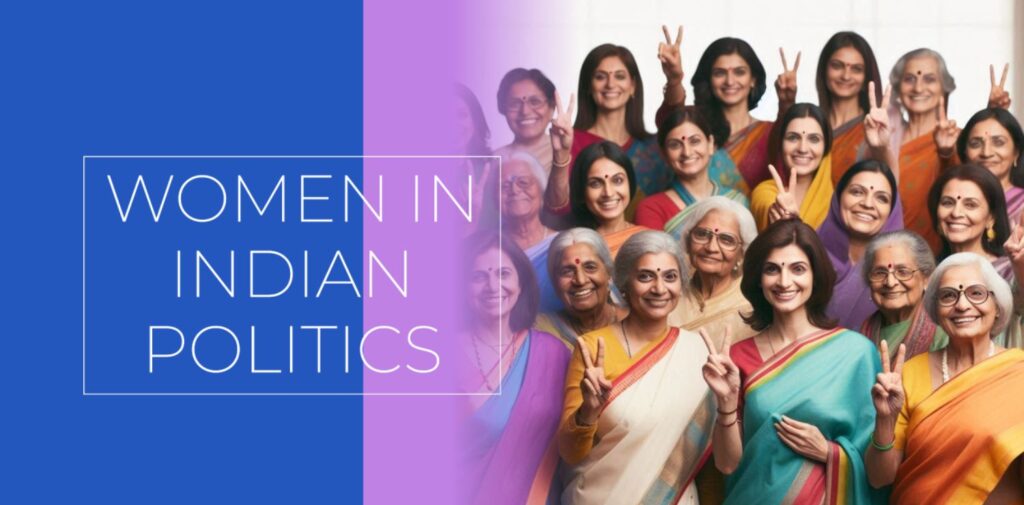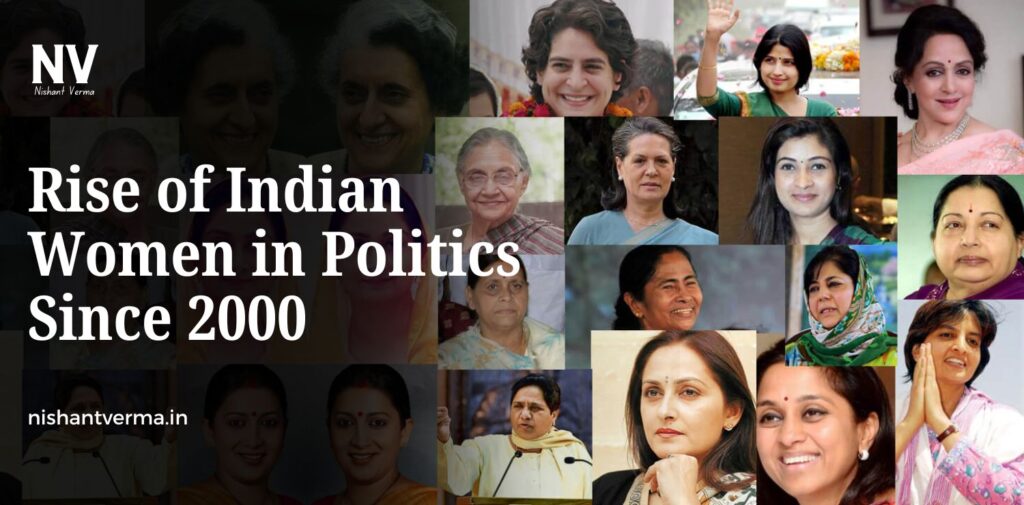In the past two decades, Indian politics has seen a remarkable transformation, particularly with the rise of women leaders who have made their mark in various political arenas. Women in India have long been involved in social and political activism. Still, since 2000, the involvement of women in leadership roles, both at the national and state levels, has significantly increased. This article explores the factors contributing to the Rise of Indian Women in Politics, and some notable women leaders who have shaped India’s political landscape since 2000.
1. The Changing Role of Women in Indian Politics
Historically, Indian women’s involvement in politics was limited, though some, like Indira Gandhi, who became the country’s Prime Minister in the 1960s, played an instrumental role. However, for a long time, women were underrepresented in decision-making positions. Since 2000, though, women in India have become more visible in politics, with more women actively participating in elections and holding important positions. This shift can be attributed to several factors, including growing political awareness, better access to education, and the rise of women’s movements.
Women have increasingly taken on roles that were once dominated by men. Whether it’s holding the highest political offices, fighting for women’s rights, or influencing policy changes, Indian women have proven their ability to navigate the often difficult and male-dominated political environment.

2. Government Initiatives and Legislative Reforms
One of the key factors behind the rise of women in Indian politics is the push for gender equality in the country’s legal and institutional frameworks. The government has introduced a variety of initiatives to empower women and encourage their participation in politics.
One significant reform was the introduction of the Reservation Bill in the Indian Parliament. The Women’s Reservation Bill, which was introduced in 1996 and has been repeatedly debated over the years, proposes reserving one-third of the seats in the Lok Sabha (lower house) and state legislative assemblies for women. Although the bill has not yet been passed, the discussions surrounding it have sparked a nationwide conversation about increasing women’s representation in political offices.
In addition to the reservation bill, initiatives like the Beti Bachao Beti Padhao Yojana (Save the Girl Child, Educate the Girl Child) and the growing emphasis on women’s rights have helped to foster a more inclusive political environment. These programs have not only focused on education but have also aimed to protect women from violence and discrimination, providing them with better opportunities for participation in all areas of life, including politics.
3. Emergence of Women Leaders in Indian Politics
Several women politicians have risen to prominence in India since 2000, becoming influential figures in their own right. Their leadership has had a profound impact on both their political parties and on Indian society. Here are a few examples:
- Sonia Gandhi: As the president of the Indian National Congress (INC) from 1998 to 2017, Sonia Gandhi played a pivotal role in shaping the national political agenda. Although born in Italy, Sonia Gandhi’s leadership in the Indian political scene as the head of one of the country’s oldest political parties has been significant. She led the INC to victory in the 2004 general elections, forming a coalition government.
- Mamata Banerjee: Mamata Banerjee, the Chief Minister of West Bengal since 2011, is another powerful example of the rise of women in Indian politics. She founded the All India Trinamool Congress (TMC) in 1998 and has since become one of the most influential politicians in the state. Mamata’s leadership has been marked by her advocacy for women’s empowerment, social justice, and the upliftment of marginalized communities.
- Mayawati: As the former Chief Minister of Uttar Pradesh, Mayawati has become a political icon for Dalits and women. Her leadership of the Bahujan Samaj Party (BSP) and her tenure as Chief Minister in Uttar Pradesh have significantly impacted the state’s political landscape. Known for her strong leadership and policies focused on social justice, Mayawati’s rise has shown that women can excel in leadership positions traditionally held by men.
- Smriti Irani: Smriti Irani, a member of the Bharatiya Janata Party (BJP), has made a significant impact as the Union Minister for Textiles and later as the Union Minister for Women and Child Development. Her rise from a television actress to a prominent political leader is a testament to her political acumen and ability to navigate complex political challenges.
- Priyanka Gandhi Vadra: Priyanka Gandhi Vadra, the daughter of Rajiv Gandhi and Sonia Gandhi, has been actively involved in politics since 2004. She was appointed as the General Secretary of the Indian National Congress in 2019, and her dynamic approach to leadership has made her a key figure in national politics.
These women, among many others, have shown that women can hold powerful political positions and influence the country’s policies. Their rise has been an inspiring example of the changing political landscape of India.

4. Challenges Faced by Women in Politics
Despite these advancements, women in Indian politics continue to face numerous challenges. One of the biggest hurdles is societal and cultural barriers. In many parts of India, traditional gender roles still prevail, and women are often expected to focus on family and household responsibilities rather than public life.
Women also face significant security risks when they enter politics. They often encounter harassment, threats, and violence, which can make political participation dangerous. Additionally, there is still a lack of strong female representation in many political parties, with women often finding themselves sidelined or underrepresented in leadership roles.
Political parties in India are still predominantly male-dominated, and women candidates are often given fewer opportunities to contest elections or hold significant positions. Even though women in politics are becoming more visible, gender discrimination and bias continue to limit their growth and opportunities.

5. The Future of Women in Indian Politics
The future of women in Indian politics looks promising, with more women likely to take on leadership roles in the coming years. The push for gender equality in politics continues, and with ongoing reforms, it is expected that women’s participation will continue to grow.
Young women, particularly those from urban areas, are becoming increasingly interested in politics, thanks to better access to education, awareness of their rights, and the example set by women leaders. Social media and digital platforms are also playing a key role in mobilizing women, giving them a voice in political debates and discussions.
India’s political landscape is likely to become more diverse and inclusive in the future, with greater opportunities for women to take on leadership roles. The rise of women leaders will not only strengthen democracy but also help ensure that policies are more representative and cater to the needs of all citizens.
6. Conclusion: Indian Women in Politics
While Indian women have made impressive strides in politics since 2000, the road ahead is still long. The rise of women leaders has been inspiring, but they still face significant challenges in achieving true gender equality in politics. The increased representation of women in decision-making bodies, along with continued efforts to address gender discrimination and encourage women to participate in politics, will shape the future of Indian democracy.
As more women continue to break barriers and rise to positions of power, they will play a critical role in shaping India’s political future. Their contributions to social justice, education, healthcare, and women’s rights will undoubtedly help create a more inclusive, equitable, and progressive India. The journey of Indian women in politics is far from over, but the progress made since 2000 shows that change is not only possible—it is already happening.




